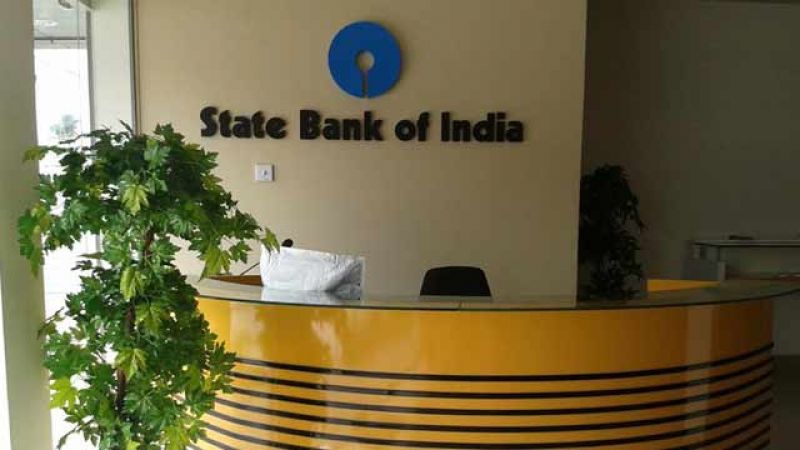
Chartered Accountant ( 公認会計士) (공인 회계사 )(CONTABILISTAS) (CONTADORES PÚBLICOS) (ДИПЛОМИРОВАННЫЕ БУХГАЛТЕРЫ СЧЕТОВОДИТЕЛИ) (会计师事务所) (COMPTABLES CHARTERES) (WIRTSCHAFTSPRÜFER) (сметководители) (MUHASEBE MÜTEAHHİTLİĞİ) (محاسبون قانونيون) (CHARTERED AKUNTAN)(Geoktrooieerde Rekenmeesters)(registeraccountants)(RAGIONIERI REGISTRATI)חשבונות רואי חשבון) (This blog is non-commercial and is used here to put important news only for the educational purpose of Students doing CA and CS.
Monday, December 31, 2018
MHA extends deadline for NGOs to submit annual returns on foreign funds PTI|Dec 31, 2018, 08.24 PM IST
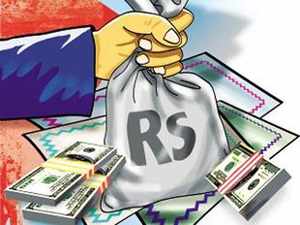
Home Ministry often cancels the FCRA registration of NGOs which fail to submit the returns on time.
The Centre has extended the deadline for NGOs to submit online the annual income and expenditure statement on foreign funds till March 31, 2019. The Home Ministry in a notification said the decision has been taken following representations from various NGOs which have faced difficulties in filing the annual returns on their foreign contributions.
It has been decided to extend the last date of filing the mandatory online annual returns for 2017-18 from December 31, 2018, to March 31, 2019, the notification said.
As per the Foreign Contribution (Regulation) Act, 2010, all NGOs receiving funds from abroad have to mandatory file their annual returns online within nine months of completion of each financial year.
The Home Ministry often cancels the FCRA registration of NGOs which fail to submit the returns on time. The FCRA provides that associations registered under the Act shall submit electronically online annual report with scanned copies of income and expenditure statement, receipts and payment account, balance sheet etc. for every financial year within nine months of the closure of the financial year. Such associations, which do not receive foreign contribution during a particular year, are also required to furnish an NIL return for that financial year within the aforesaid period.
Sunday, December 30, 2018
DEAR FELLOW INDIANS:-CHECK YOUR HISTORY ABOUT OUR GREAT INDIA
*Check your history*
Can you name One king from any of these Indian kingdoms?
Mauryas
Satavahanas
Guptas
Pandyas
Cholas
Pallavas
Chalukyas
Ahoms
Satavahanas
Guptas
Pandyas
Cholas
Pallavas
Chalukyas
Ahoms
Can you name the capital of these kingdoms? How long do you think they ruled? How vast were there empires? Had you even heard all these names?
Ask any average educated Indian to name the kings of Mughal period (ONLY 250 years). 99 out of 100 will name them in the sequence - Babar, Humayun, Akbar, Jahangir, Shah Jahan and Aurangzeb.
Now, ask them to name the kings of the dynasties which ruled India for much larger period of time and during whose period(s) India was the most prosperous country in the world. For instance-
Mauryas (ruled for 550 years)
Satavahanas (ruled for 500 years)
Guptas (ruled for 400 years)
Pandyas (ruled for 800 years)
Cholas (ruled for 1000 years)
Pallavas (ruled for 600 years)
Chalukyas (ruled for 600 years)
Ahom Dynasty of Northeast (ruled for 650 years).
Mauryas (ruled for 550 years)
Satavahanas (ruled for 500 years)
Guptas (ruled for 400 years)
Pandyas (ruled for 800 years)
Cholas (ruled for 1000 years)
Pallavas (ruled for 600 years)
Chalukyas (ruled for 600 years)
Ahom Dynasty of Northeast (ruled for 650 years).
Most cant tell you the name of even 1 great king from each dynasty.... Forget the entire list of kings in chronological order.
That is how ill-informed almost everyone is on India. Someone said Hindus created the present day caste system. Someone said the British got us civilisation, industry, unification. Someone said India did not have scientific thinking. Some say India may have been rich in parts more then a millennia ago, but was the poorest country for over a millennia.
And, isn't it strange we want to solve India's problems without even understanding India one bit?
I still remember while there was one chapter on each of these dynasties in class 6 history book, the entire class 7 history book consisted only of Mughals and had one chapter on each of the Mughals from Babar to Aurangzeb - sometimes even multiple chapters on just one Mughal king, all glorifying them.
Such is the total skewness in our understanding of India. Let's get educated about our rich heritage and also educate our children. So that they can be the proud ambassadors of this great nation INDIA.
7 deadly sins: Financial mistakes that can eat up your retirement fund Here are some less-discussed risks that, if left unaddressed, could come back to haunt you in your dotage.

Dev Ashish
Moneycontrol Contributor
You only get one shot at your retirement. And the cost of getting it wrong is catastrophic.
So proper planning for an optimally funded retirement is a must.Now when we talk about risks during retirement, you might feel that it’s too early to worry about it. After all, risks during retirement are still several years (and decades) away.
But let me tell you that not being aware of these risks means that assumptions made today are unlikely to be correct. And that would mean that your retirement plan isn’t built for the full set of scenarios.
Miscalculating your retirement corpus is a cardinal sin in financial planning. Here are some less-discussed risks that, if left unaddressed, could come back to haunt you in your dotage.
1. Outliving your retirement savings - This is the risk of living longer than what you saved for! It’s good that you will live longer. But if you don’t have the money, then it can be extremely difficult. Let’s take an example to understand the gravity of this risk. Suppose you are saving for a retired life of 20 years, i.e. you retire at 60 and (supposedly) die at 80.
This means that the retirement corpus you would have accumulated by 60 will be enough to last until you are 80. But what if you don’t die at 80? Underestimating the length of your retirement may result in you spending more in early years which might result in the risk of running out of money in the twilight of your life.
2. Sequence of return risk - Suppose you retire with a portfolio of Rs 2.5 crore today. Your starting annual expenses are Rs 10 lakh. Now if the returns in initial years are negative, then your portfolio will deplete doubly quickly because of annual withdrawals (which themselves increase due to inflation) and due to investment losses. So if the return on the portfolio is -10% during each of the first 3 years, then this will be your portfolio position at the end of the 3rd year:

On the other hand, if the returns were good, something like +10% in each of the first 3 years, the story would have been happily different:

So the sequence of returns, at least during the start of your retirement, holds massive significance. The order of returns will impact how long your retirement portfolio lasts. This highlights the fact that it is all the more important to de-risk your retirement portfolio as you get closer to retirement.
3. Healthcare becoming part of routine expenses - The chances of living longer are high. But that also means that healthcare costs will continue for more number of years. You might be in good health. But as you age, your body (the machine getting old) will need upkeep and maintenance more frequently. And all this will cost. You might also need to spend money on getting assistance for regular household chores with age. For most retirees, health-related expenses will become part of predictable routine expenses. Also remember that the health insurance premiums will go up with age.
4. Unexpected healthcare costs - The above expenses were about the increase in expenses due to normal age-related changes in lifestyle and the need for physical upkeep. This one is more about those unexpected and unplanned medical expenses. You might have health insurance at the time of retirement. But who knows whether it will be enough for unexpected medical expenses during retirement or not.
5. Unexpected events - The unexpected events might not necessarily be medical emergencies. There might be others too. It is possible that you may have to suddenly undertake massive repair work in your house or partly finance a grandchild’s education (if your children don’t plan their finances well). Who knows? Any large unplanned withdrawal from the accumulated corpus, more so do during the early stages of retirement, can result in a shortfall in the later years.
6. Unpleasant tax changes - There is nothing to be explained here. You never know when the future governments might decide to introduce / increase taxes on something that you never expected them to. That risk will always be there.
7. Fall in annuity rates - Many people take the annuity route to get regular income in retirement. What if the rates after 15-25 years when you retire fall to horribly low levels? Such falls in annuity rate and other rates will lead to inadequate income during retirement and you may have to start dipping in more frequently into your remaining corpus itself.
I don’t want to scare you here. But these are some real risks that can derail anyone’s retirement plans.
And I am sure neither you nor anyone else would want to have negative surprises during retirement.
The good thing is that more and more people are becoming aware of these risks. It is not without a reason that retirement planning has been referred to as the nastiest problem in finance. So if you still haven’t given serious thought to planning your retirement, may be you should do it now then.
The author is founder of StableInvestor.com.First Published on Dec 28, 2018 06:42 pm
Five questions to ask while investing in direct stocks Direct equity investors not only benefit from dividends but also from the share price appreciation Last Published: Sat, Dec 29 2018. 07 15 PM IST

As an investor in direct stocks you must look at valuation comfort. Photo: Mint
Making money in equities is not easy. Here are five questions you should ask while investing in direct stocks:
Where is the growth coming from?
Check for companies that have shown consistent growth in sales and revenues over time. It is always better if the growth comes from the core business, which is always more sustainable. There is also a futuristic aspect to growth. For example, Nokia was a great company in 2007 but in three years it had lost the mobile market to Apple and Samsung. Companies which have created an edge over competitors tend to do well over a period.
Does the company have too much debt?
While the optimal debt to equity ratio varies widely by industry, generally a debt-equity ratio of less and 2x is considered to be good. A high debt to equity ratio could be a bad sign for investors. Debt can also be measured by the interest coverage (IC) ratio. IC measures the extent to which the company’s earnings before interest and tax (EBIT) is sufficient to cover the interest cost. A higher interest coverage ratio is considered good and represents a healthy balance sheet. Focus on companies that have low debt in their books and a comfortable interest coverage ratio.
How much is the company generating for shareholders?
Direct equity investors not only benefit from dividends but also from the share price appreciation. Stock prices appreciate when the company is using its assets efficiently to generate profits which are higher than the cost of capital. The focus should be on consistency and continuous growth.
How is the quality of management?
This is slightly subjective but is an important consideration for investors. In the last few months, companies with weak corporate governance standards have been punished by the stock markets. Focus on companies that have quality managements, follow high disclosure standards and are transparent with shareholders. Shareholders need to be convinced that the board and the management are acting in the best interests of the shareholders.
Are the valuations are justified?
As an investor in direct stocks you must look at valuation comfort. Valuation is not just about P/E ratio alone but also related to growth. A stock may not be worth buying at 15X P/E if the company is growing at just 6%. At the same time, another stock may be worthwhile at 19X P/E if the company is growing at 25% annually.
Normally, you also look at Price/ Book and the dividend yield. If you find the stock under-priced, the next question is how much is it underpriced? If a stock is steeply underpriced then it offers a high margin of safety and is a stock to invest in. Don’t jump into a stock without looking at valuations.
Despite all the effort, you may not always find the right stock to invest. This is where equity advisory platforms can be of a good support for individuals looking to invest in direct equities. You can also take the help of expert fund managers by investing through mutual funds.
Ajay Menon, Chief Executive Officer, Broking and Distribution, Motilal Oswal
First Published: Sat, Dec 29 2018. 10 34 AM IST Livemint Ajay Menon
Brands You Always Thought Were Foreign But Are Actually Indian
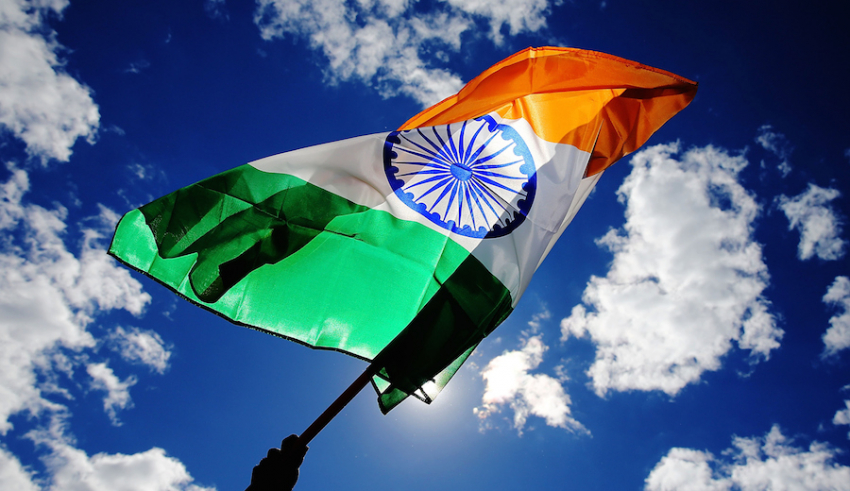
The Indian market for luxury goods might be expanding massively, but predicting what the buyers want is a very complex process, which is why so many companies just decide to go with something that sounds vaguely French or Italian. It's a well-known fact that despite the quality of certain companies' products being far better, their Indian names make them lose out on a lot of potential customers. In fact, there's a whole list of luxury brands that a lot of us think are European but are actually as Indian as can be.
Chandon Wine
Chandon, owned by French specialists Moët Hennessy, is no different from a lot of the other foreign sparkling wines that you get in the Indian market. The main difference is that it is produced with grapes grown barely a couple of hundred kilometers outside of Mumbai.
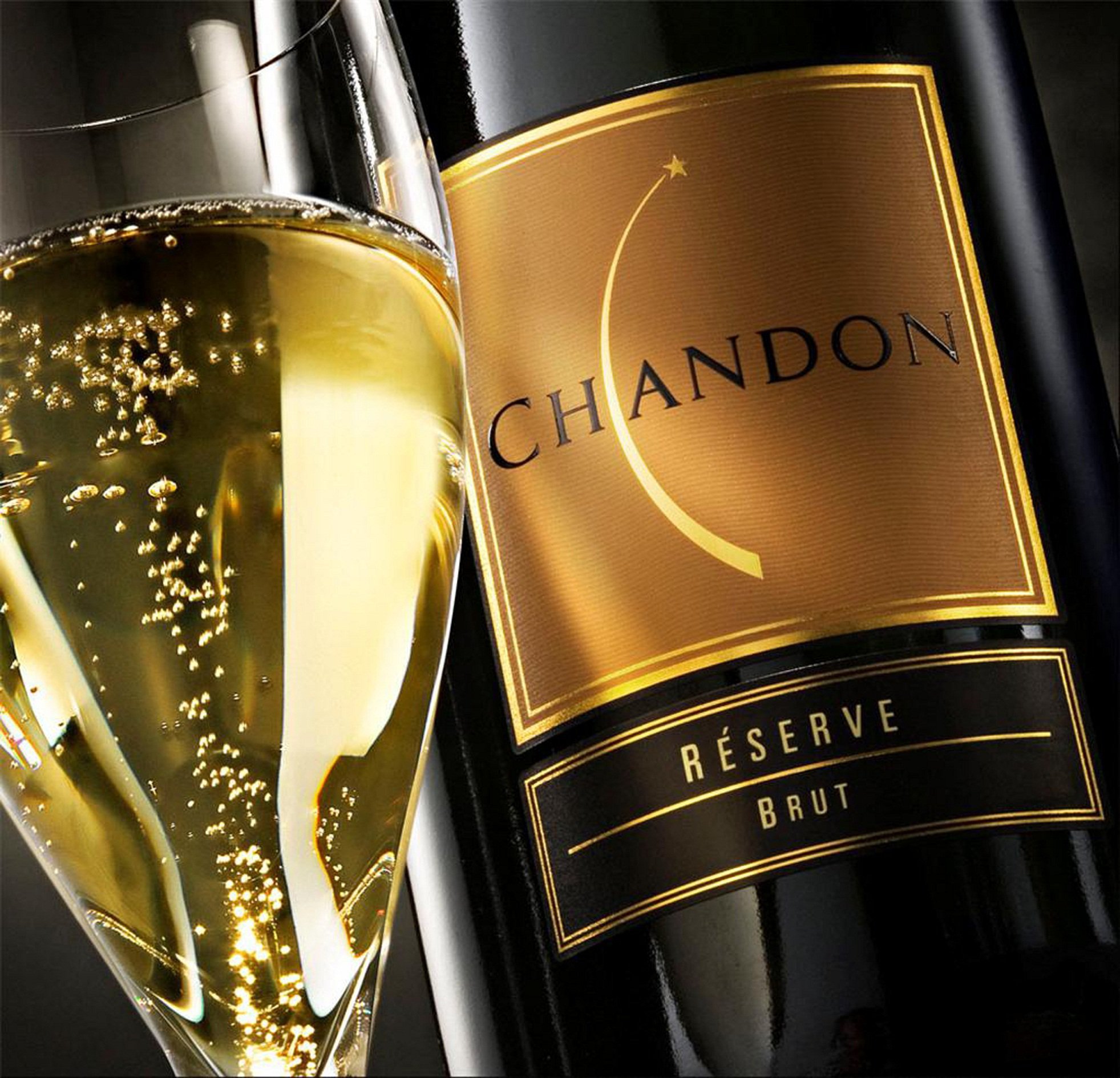
HiDesign
The leather goods manufacturer is actually based in Pondicherry, India. Tamil Nadu's tanneries supply leather products and accessories to some of the biggest brands worldwide.

Allen Solly
Allen Solly describes their clothes as 'Friday dressing', or chic office wear. It is a subsidiary of the Aditya Birla Group and licensed under Madura Garments, so yeah, all those trousers, shirts and wallets are all made right here.

East India Company
From its heyday as the most powerful ruler of the world, the East India Company is now, believe it or not, a high-end luxury goods provider that is owned by Bombay-born Sanjiv Mehta. Yup, we own a company that once owned our entire country.
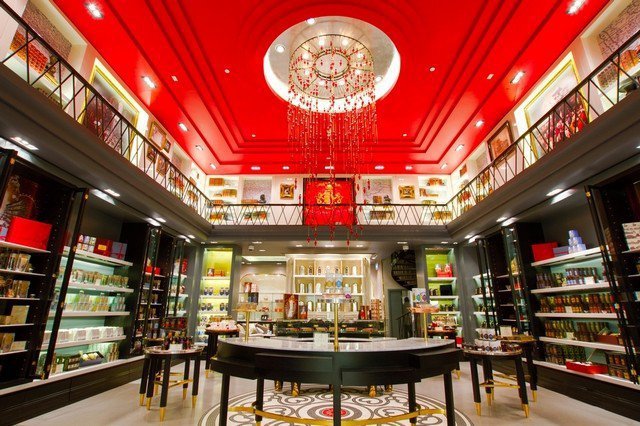
Amrut Single Malt
Within a few years of its global launch, Amrut Single Malt was ranked the world's 3rd best single malt. If you think it's bottled in Europe however, think again, as this fine liquor is brewed and bottled at the Amrut distillery in our very own Bangalore.
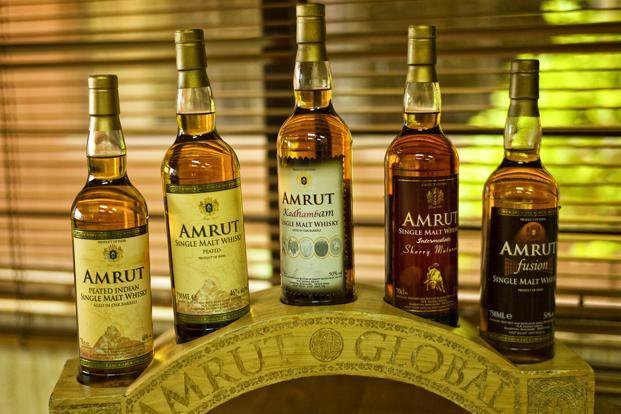
Da Milano
Despite its wholly Italian sounding name and the 'Italia' that underscores the top of its website, Da Milano is a totally Indian brand. They provide high-end leather accessories and home furnishings in India and abroad, and the name was chosen thanks to India's fascination with foreign sounding products.
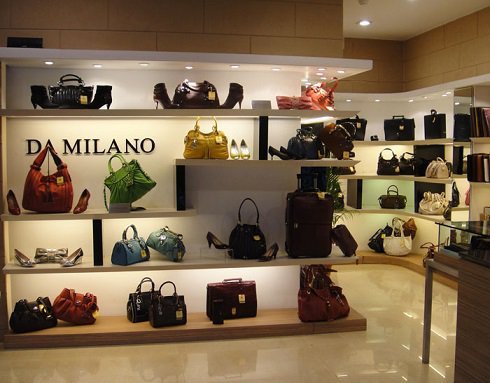
Monte Carlo
This leading clothing brand for men and women, with its notoriously famous sweaters is another company with an Italian name chosen simply for the Indian customer base. They're actually a 100% Indian woollen wear brand from the Ludhiana-based Nahar Group.
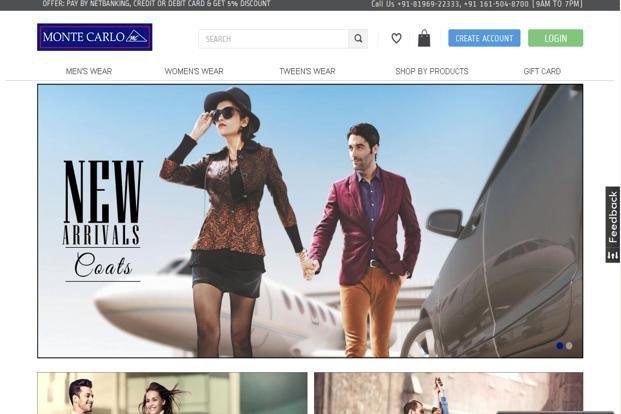
Franco Leone
The premium footwear brand with the Italian name (yet again) is actually based out of Delhi. It was actually owned by 2 Italians before it was bought by an Indian

Munich Polo
Munich Polo is a premium kids-wear brand with an obvious German heritage right? Wrong. This is another one of those Indian brands who had to appeal to the Indian mindset of preferring European sounding names for their products.
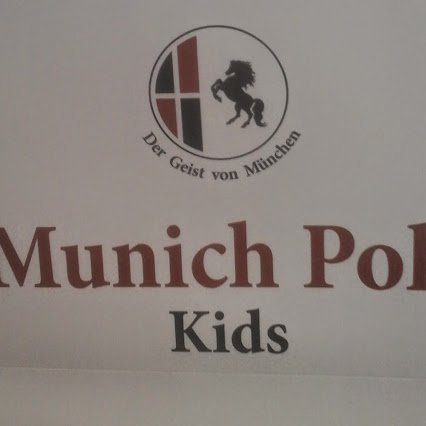
La Opala
La Opala, who are some of the pioneers of high-end tableware, may have a French name, but their products as well as the company itself is wholly Indian. It's just that everything sounds better in French.

Peter England
One of the largest menswear brands in India, Peter England has a name so English it's almost as if you automatically grow a stiff upper lip. In reality, It is part of Madura Fashion & Lifestyle, a division of Aditya Birla Nuvo Ltd.

Flying Machine
They might have an Italian designer named Chicco, but Flying Machine is completely Indian. In fact, it was India's first homegrown denim brand and was launched in 1980 by Arvind Lifestyle Brand Ltd.
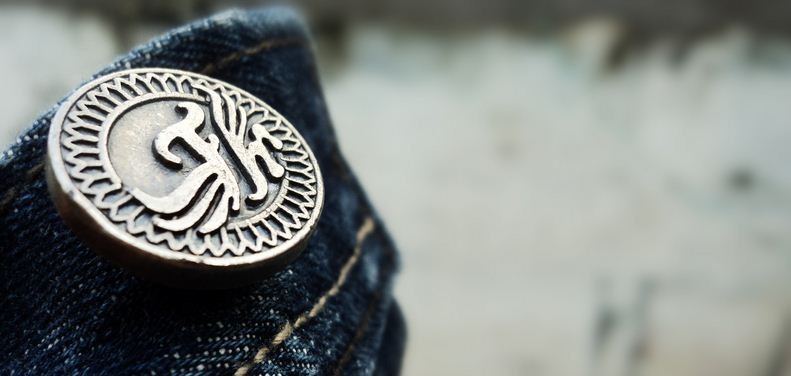
Louis Philippe
Louis Philippe is a premier brand of men's apparel that is inspired by King Louis Philippe, who was King of the French from 1830. The brand is totally Indian however, launched in the country in 1989 and owned by Madura Fashion and Lifestyle.

And Designs
Providing trendy threads not just in India but all over the world, And Design wasfounded by Anita Dongre, Meena Sehra and Mukesh Sawlani. It was established in 1995 and experiments with international styles and fashion.

American Swan
American Swan is an online shopping site that sells jeans, jackets and a whole bunch of other fashion accessories. It's owned by The American Swan Lifestyle Company, but it's headquarters are in Gurgaon. They're also totally Indian.

Royal Enfield
Royal Enfield was once a British motorcycle manufacturing company. However, it is now a subsidiary of Eicher Motors Limited, an Indian automaker with factories in Chennai.
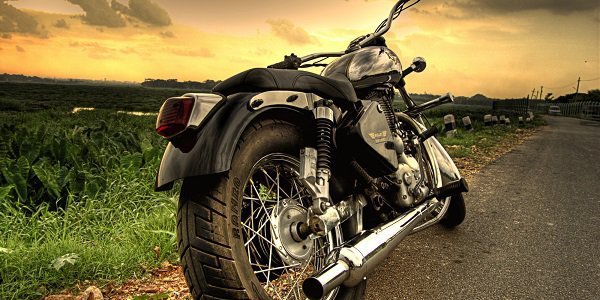
Cafe Coffee Day
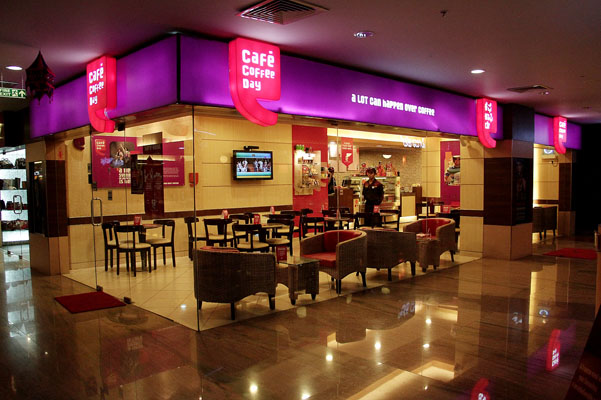
This list would not be complete without the mention of one of the most popular coffee cafe chains – Cafe Coffee Day (CCD).
Marketing itself as the favorite hangout spot to host casual meetings and hearty talks, the company Coffee Day Global Limited finds its base in the town of Chikmagalur, Karnataka. They grow their own coffee on a 12,000-acre estate and are the largest exporter of Arabica beans in Asia.
There are more than 1530 cafe outlets in India alone and the chain has now expanded internationally to countries like Austria, Malaysia, Egypt, Czech Republic, etc.
3) Tata Group
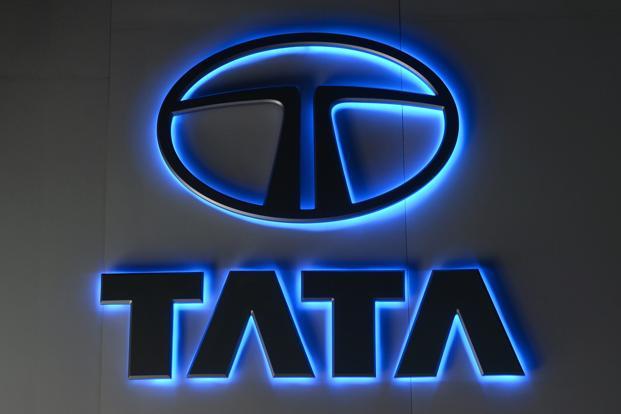
Tata is one of the most well known Indian brands in the world. The brand finds its presence in multiple industries including chemicals, consumer products, energy, engineering, IT Systems, Services like TIS, telecommunications and consultancy, steel industry, etc.
Tata has a stronghold in the minds of the Indian consumers and is also recognized globally now as a familiar brand. It finds its offices in more than 80 countries around the world.
Holding the tag as India’s largest conglomerate, the Tata Group saw a revenue of $103.51 Billion is the financial year of 2015-16. It also has an army of 660,000 total employees on their payroll.
State Bank of India
SBI is the largest and the most popular Indian Bank in the world. The government-owned bank has more than 14,000 branches and 191 foreign offices in around 36 countries. If that is not impressive enough, consider this – the total valuation of their assets stand at INR 20,480 trillion or $300 billion!
As of 2016, SBI finds its place in the list of Fortune 500 Global companies at the 232nd position.
Titan

We all are familiar with the prowess of Titan in the watchmaking space. What you may not know is depicted through these awe-inspiring numbers.
Titan Company manufactures roughly 15 million watches per annum for a userbase of over 100 million customers around the world. There are 4 brands existing under the purview of the company, namely Titan, Fastrack, Sonata, and Xylys. There are also dozens of sub-brands under each main brand.
Titan boasts a 60% domestic market share and is present in around 32 countries, mainly in the regions of Middle-East, Asia Pacific, and Africa. Moreover, the total brand value of the Titan Group stands at more than $15 billion!
Bira91
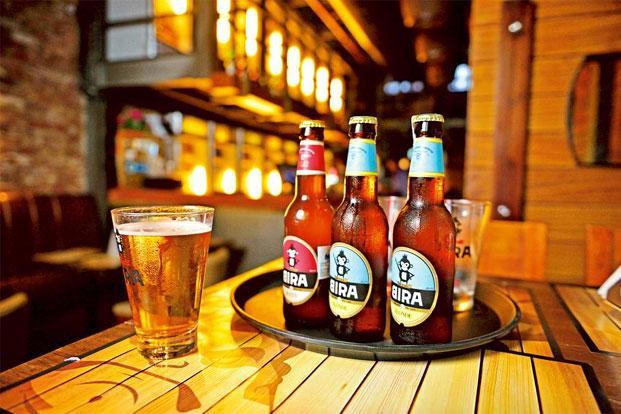
Talk about a brand getting viral offline through word of mouth (#recursion). This is the story of a new beloved beer in town – Bira91. Launched in 2015 and already finding its presence throughout the Indian and US markets, Bira has disrupted the casual beer market.
While it may not be present throughout the world at this point, by the looks of its explosive kickstart it may very well be by the time this blog post matures.
Available in 2 versions – Bira White and Bira Blonde, at the time of the launch, each pint of the beer was priced at INR 220. The price has already fallen to INR 150 a bottle and the company plans to drop it further to INR 100. This comes after the initial projections of its success fell short as the demand outwitted supply by almost 120 times.
Even the founders did not expect it to do so well so soon.
Old Monk
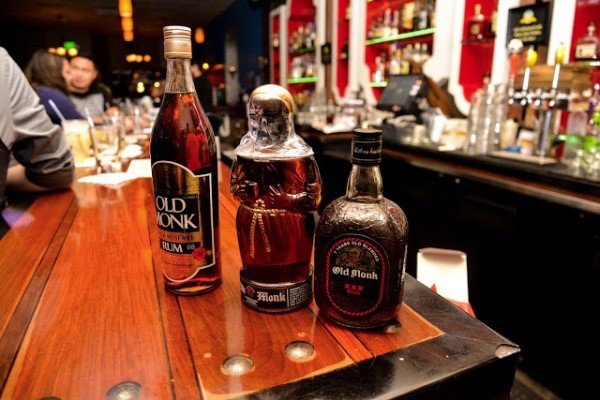
Old Monk Rum or OMR is 60-year-old Indian dark rum brand that has arguably taken the world of rums by storm. There are many variants of the popular brand like Old Monk Supreme Rum, Old Monk Gold Reserve Rum, Old Monk XXX Rum, Old Monk Deluxe XXX Rum, Old Monk White Rum and Old Monk Legend – Limited Edition.
These are aged for a minimum of 8 years. Old Monk has also been the biggest Indian made foreign liquor (IMFL) brand for a number of years now.
The most interesting aspect of the brand is that their expenditure on marketing over the decades amount to negligible sums. It mainly depends on word of mouth advertising for its success around the world which in itself speaks about the tremendous user base of the brand.
Having withdrawals already?
Bharti Airtel
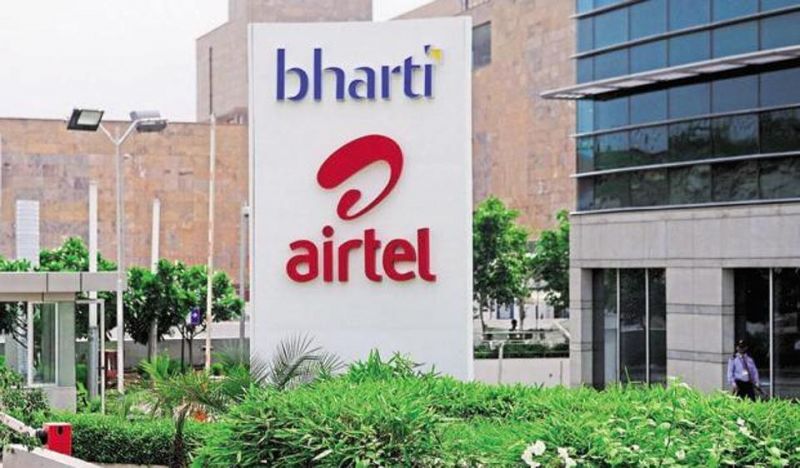
Another popular Indian brand on the list, Airtel is the most marketed Indian telecom service. It was the first service provider in India to introduce 4G networks and has become the largest telecom in India as well as the third largest in the world.
Airtel is based out of New Delhi and runs in 18 countries around the world, mainly spanning the continents of Africa and Asia. In the business world, the company is particularly known to be the first telecom operator to function on the business model of outsourcing everything except sales, marketing, and finance departments.
Airtel also went on to introduce innovative apps like Hike Messenger and Wync Music which are giving serious competition to overseas apps in the respective domains due to their strong ‘product differentiation’ strategies.
Jaguar

The name of the brand often leaves an impact of a foreign manufacturer on the customers. But it may amaze you to know that it is indeed owned by none other than the Tata conglomerate which acquired it from Ford.
Jaguar comes under the purview of the company Jaguar Land Rover which has their headquarter in Coventry, United Kingdom.
It is intriguing to note that when the company was founded in 1922, they originally planned to sell motorcycle sidecars and ventured into manufacturing cars much later.
Jet Airways
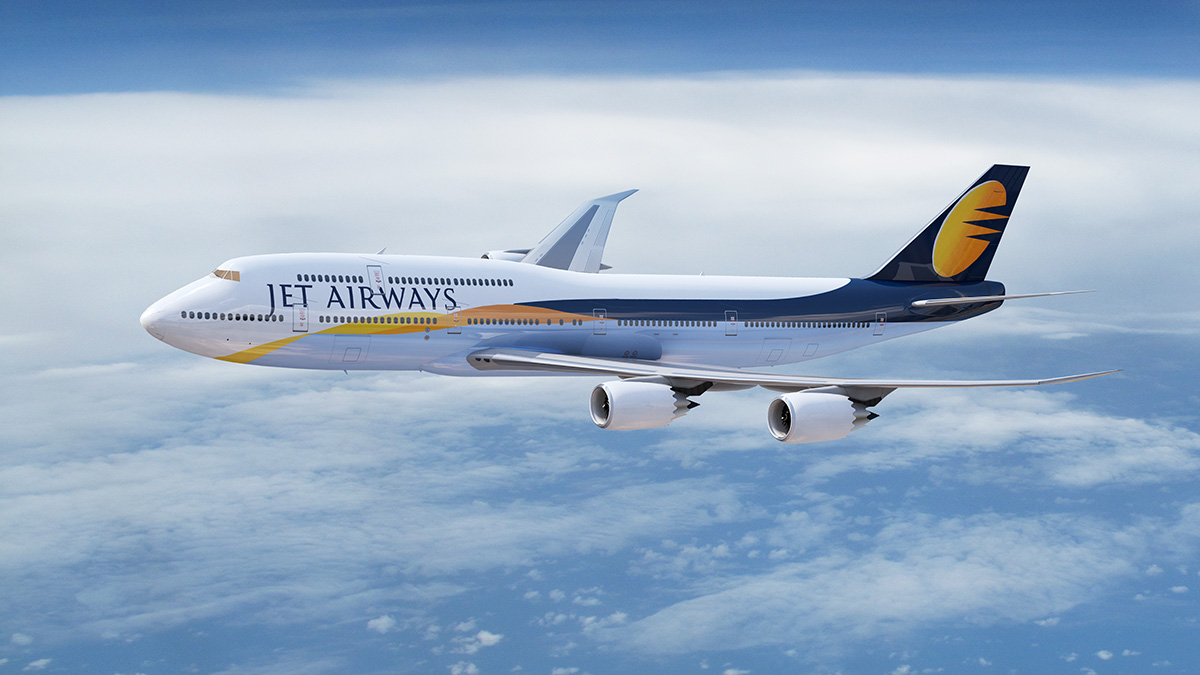
Jet Airways is an Indian airlines company based out of Mumbai and was founded on April 1st, 1992. Owned by the Tailwinds Private Limited group, it is the 2nd largest airlines in the country, trumped only by Indigo, and possesses a market share of 21.2%.
It operates a total of 300 flights daily with a fleet size of 114 airplanes, handling a customer base of more than 21 million passengers in a year.
Jet Airways has various offices around the world in over 76 countries and operates flights to 47 destinations within India as well as 21 international destinations around the globe.
Zomato
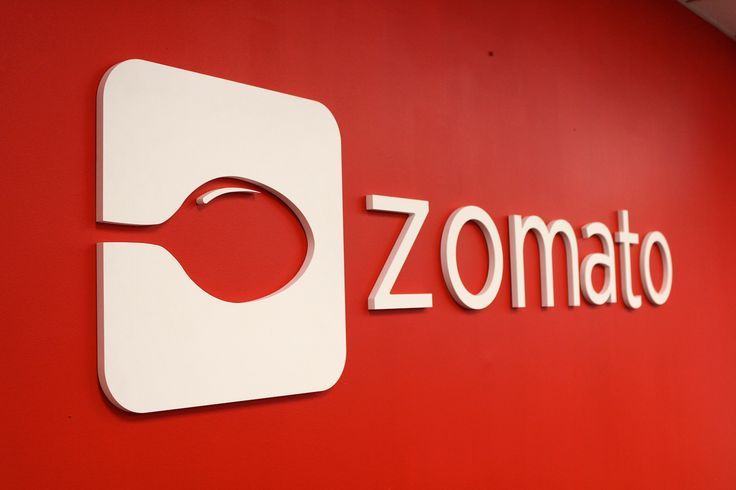
Zomato is a popular Indian food startup which was founded in 2008 and is headquartered in Gurugram, Haryana. It has now gradually expanded to 23 different countries with more than a million restaurants listed on the platform. Zomato is a search and discovery app which helps you to find the best restaurants around the city with relevant details like uploaded menus, booking confirmations and operation timings.
It was initially launched under the brand named Foodiebay and was later renamed to Zomato in 2008.
Zomato has quickly found its feet in the food-tech domain and their user base now stands at 19 million active users clocking a total of 90 million visits in a month.
It is arguably the fastest growing global Indian startup in the world.
InMobi

Imagine a startup giving competitions to the likes of Google and Apple. This amazing feat has been achieved by InMobi, an Indian startup founded in 2007. InMobi is a platform pertaining to mobile advertising and discovery which helps customers to find targeted products and services via mobile adverts.
It has expanded quite well with 17 offices around the world and boasts of 750 million users around 160 countries.
To further add to its accolades, InMobi secured a rank in MIT Technology Review’s top 50 most disruptive companies of 2013. On the other hand, it also bagged the top spot in the top 10 list of the most innovative companies in India by Fast Company.
Magzter

Another prominent startup born in India, Magzter provides users with online magazines. What makes the service unique is the fact that anyone can sign up on the platform as a publisher and start uploading their own magazines to be accessed by readers all around the world.
The platform currently boasts of more than 11 million users in more than 150 countries. There are more than 600 magazines to read on the platform including the ones from premium publishers such as Top Gear, Forbes, Vogue and Nat Geo.
The company has its offices spread in 7 countries around the world and the readers can access the magazines in up to 33 different languages.
Indian Oil Corporation Limited
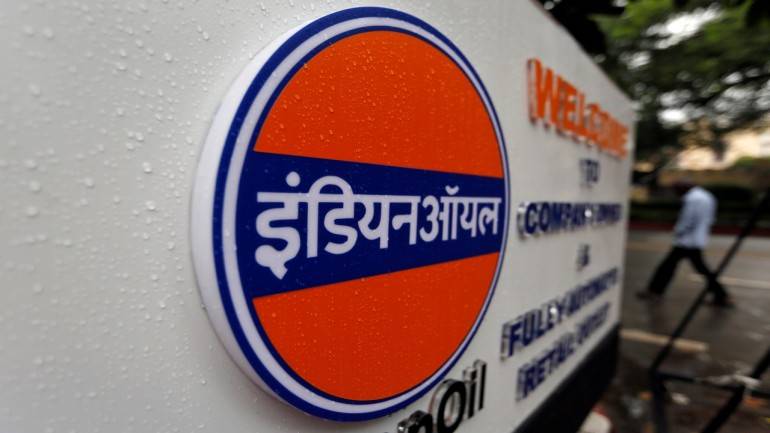
IOCL or Indian Oil is the largest commercial enterprise in India. The company finds a fortress in the Indian market and also has subsidiary companies in countries like Sri Lanka, UAE, and Mauritius. The brand has also gone on to invest in the space of alternative energies.
During the previous financial year (2015-16), IOCL reported a net profit of INR 104 Billion.
In the Fortune 500 list of 2016, Indian Oil grabbed the title of the highest ranked Indian company at a rank of 161st position. Moreover, it is the top petroleum trading company in the Asia-Pacific region.
Freshdesk Inc
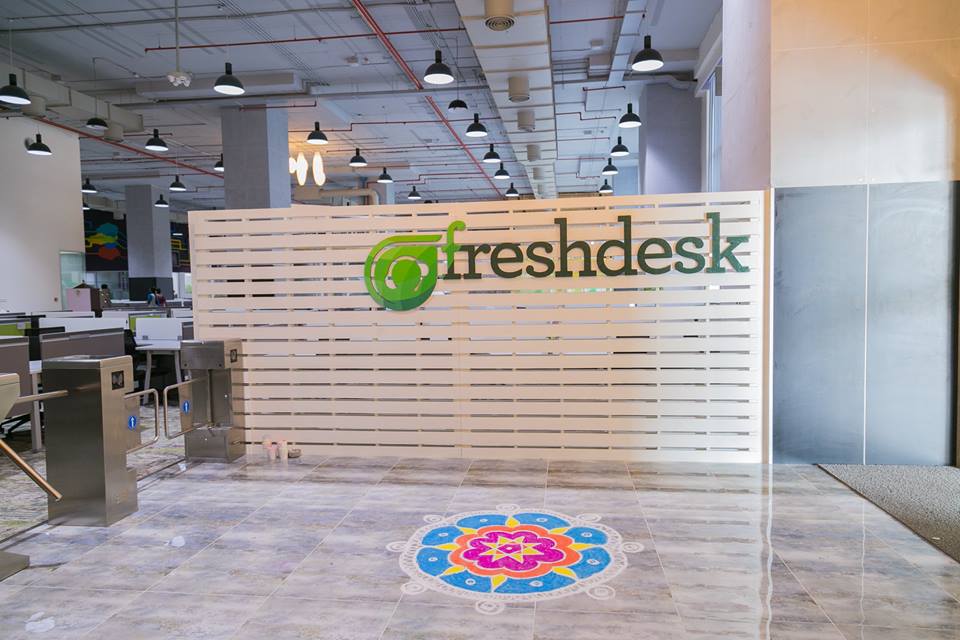
Freshdesk is a Chennai based Indian Startup which provides cloud-based support to the customers of their clients. It was founded with the sole aim to enable companies, both big and small, provide great customer service. They have bridged the communication gap between businesses and their customers.
More than 80,000 global businesses today are using the services of Freshdesk to achieve better customer support systems. There are more than 800 employees on the company’s payroll.
In 2011, Freshdesk also went on to win the Microsoft Bizspark Startup Challenge.
And all this in 5 years. One crazy achievement.
Another entry in the garments segment, although Louis Philippe is named after a King of France from the 19th century, the finds its origins in India and is owned by Madura Fashion and Lifestyle group.
It refers to itself as India’s largest brand in the premier lifestyle wear section.
Micromax and YU
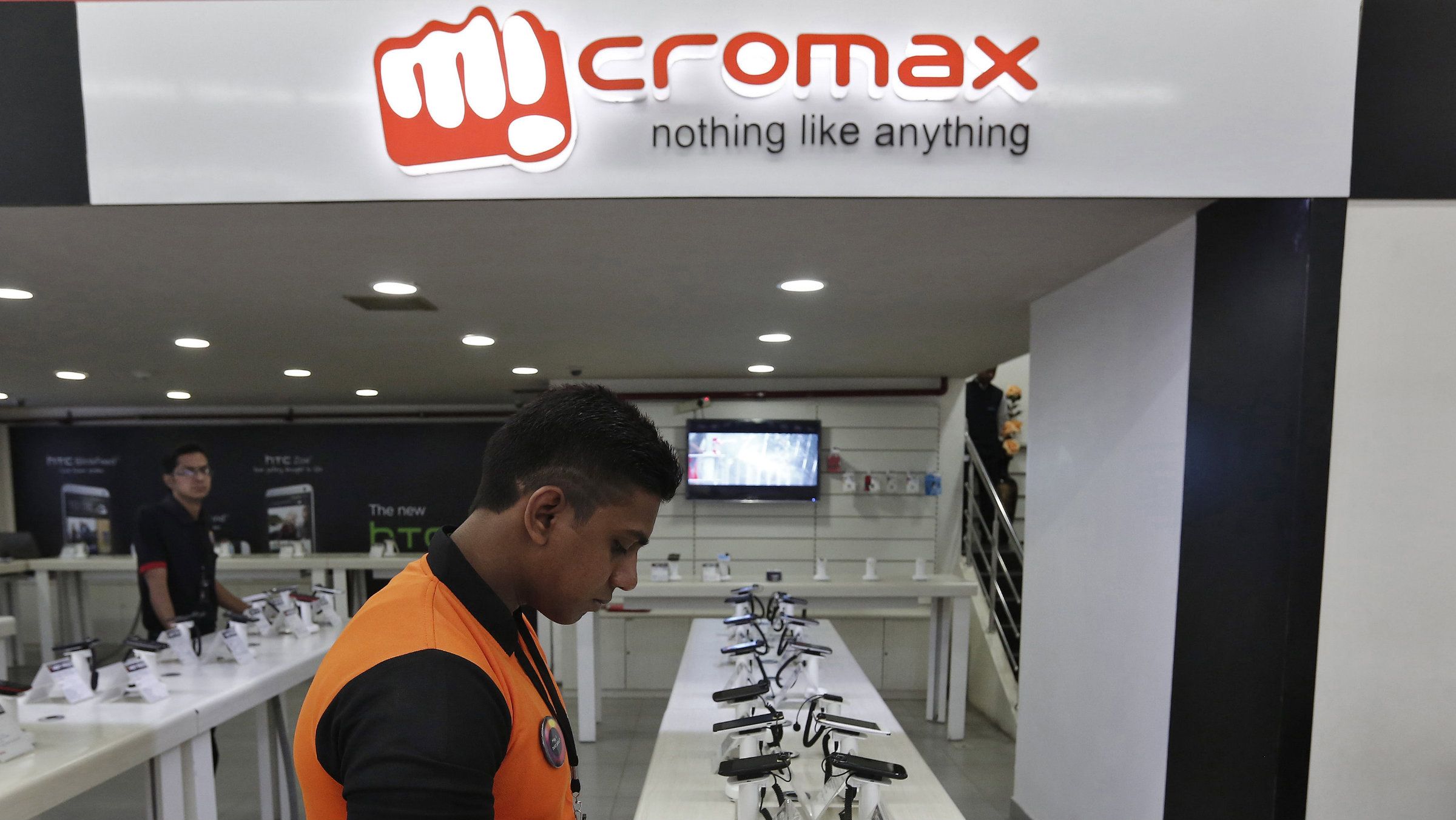
The largest Indian smartphones brands, both Micromax and YU are products of the ingenious mind of their founder Rahul Sharma. While Micromax is known throughout the world for their Canvas series, YU is known for their disruptive smartphone features that raise the bar in the market every time a new phone is launched.
Launched in 2014, YU is the sole brand in India that officially hold the rights to the Cyanogen OS. On the other hand, Micromax is better known for their affordable range of smartphones, tablets, TVs, computers as well as data cards.
Godrej Group
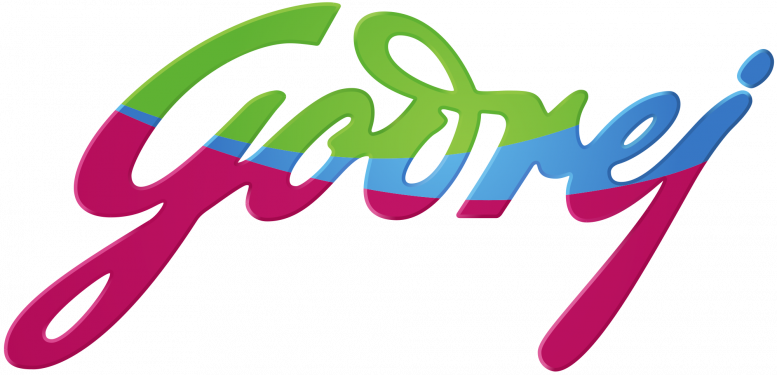
Godrej is a 120-year-old Indian Conglomerate which has its main office in Mumbai.
Negating popular belief, it operates in various types of industries, namely appliances, furniture, real estate, security, agricultural products and many more.
The global brand is mainly divided into 2 main holding companies – Godrej Industries Ltd and Godrej and Boyce. The former has offices in more than 40 countries around the world and also exports to around 60 overseas nations. Whereas, the latter operates in major markets of Europe, US, Middle East, Africa and Asia.
Both of these companies have a host of subsidiary brands according to the diverse markets they operate in.
Lakme Cosmetics
Wrapping up diverse our list of the famous Indian brands in the world, Lakme is a global brand in the cosmetics industry. It is owned by the Hindustan Unilever group and is dubbed as the best cosmetics brand in India.
Interestingly, Lakme was named after a French Opera singer which was well known for her beauty and grace.
Moreover, according to the brand trust report of 2014, Lakme was named as the 36th most trusted brand in the country. Lakme finds its presence in the markets of more than 70 countries with a product line of about 300 diverse products owing to their rigorous product research.
Conclusion
This completes our list of the world famous Indian brands. All these brands or companies found their roots in India and then went out to capture overseas markets.
Globalisation has indeed been instrumental to enable such diverse global expansions. But at the same time, they also offer stiff competitions to these companies as it is often not easy to enter different markets which already have current players as placeholders.
Hence, it is commendable on the part of these brands to achieve such successful expansions.
Did we miss out on any of your favorite brands?
Source:-Abhijeet Bhatacharya and Paramjeet Chanana
Subscribe to:
Posts (Atom)
